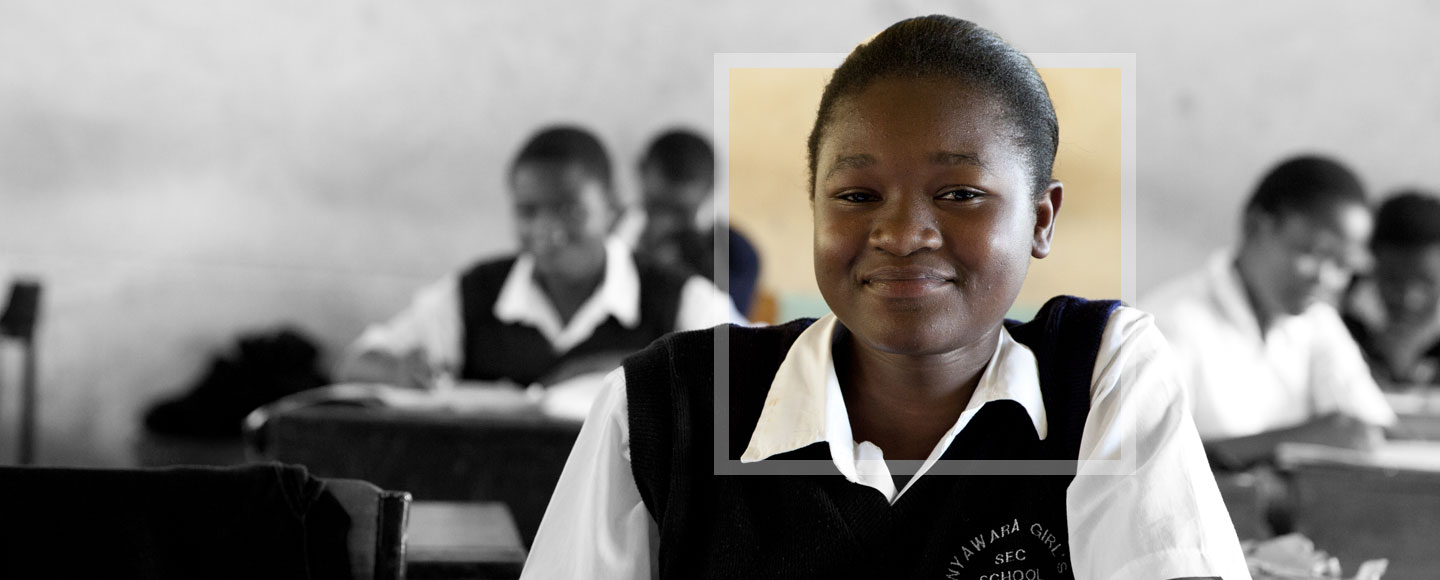
Leveling the playing field in education
Around the world, millions of children are denied the opportunity to receive a quality education because of their circumstances. Many are poor and live in rural areas. Some face discrimination because of their gender, ethnicity, language or disability. And, increasing numbers live in conflict zones and emergency situations. These disadvantaged children are more likely to fall behind in the classroom and may never gain the critical skills they need to succeed. Despite the magnitude of the problem, there are no common definitions or metrics for education inequity, and little is known about effective solutions.
FHI 360 and Save the Children, in collaboration with more than two dozen organizations, formed the Education Equity Research Initiative to address this challenge. Partners are working to build a stronger knowledge and evidence base on root causes and appropriate solutions that address disparities in education.
In 2016, the initiative produced two resources that are critical building blocks in creating a common language for evaluating, measuring and solving issues of inequity: a landscape review of current practices for measuring education equity, which will be developed into a guidance document, and a common set of structured questions to guide organizations in conducting analyses of education datasets.
The Education Equity Research Initiative serves as a meeting point for organizations and individuals committed to improving data and evidence on equity. Their work on addressing gaps and building a stronger knowledge base will continue until education equity is truly met by all.
Project name:
Education Equity Research Initiative
Funder:
Partner-led, additional financial support from an anonymous donor
What is education equity?
FHI 360’s Carina Omoeva defines education equity and explains the impact that inequity has on both individuals and society.
Photo credit: Jessica Scranton/FHI 360





